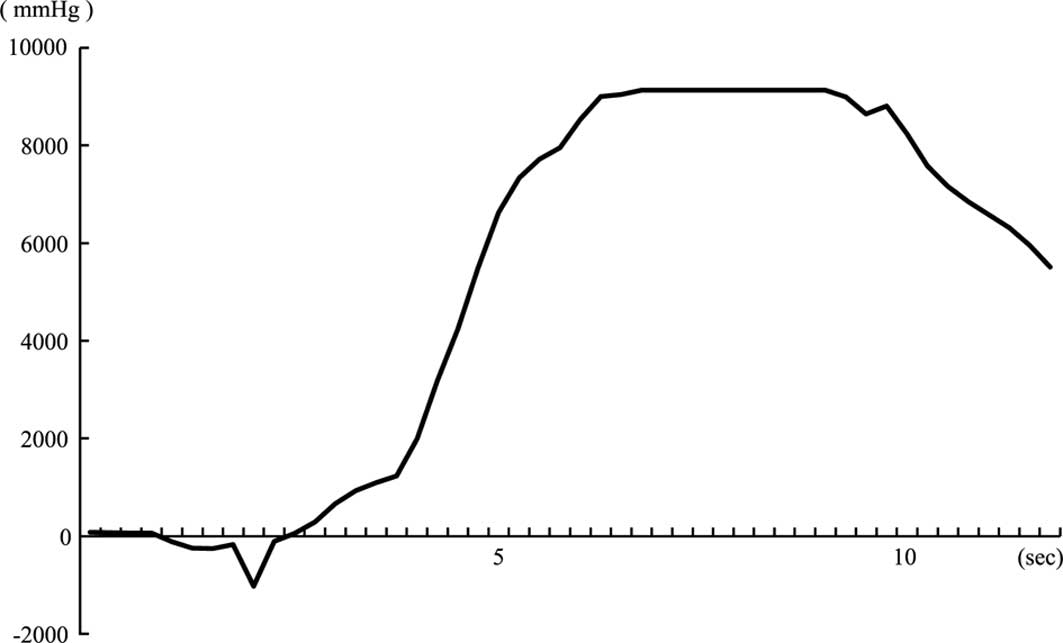Development of a novel enzyme-targeting radiosensitizer (KORTUC) containing hydrogen peroxide for intratumoral injection for patients with low linear energy transfer-radioresistant neoplasms
- Authors:
- Published online on: September 23, 2010 https://doi.org/10.3892/ol.2010.184
- Pages: 1025-1028
Metrics: Total
Views: 0 (Spandidos Publications: | PMC Statistics: )
Total PDF Downloads: 0 (Spandidos Publications: | PMC Statistics: )
Abstract
The therapeutic effect of radiotherapy using linear accelerators for relatively large tumors of more than several centimeters in diameter is reduced to one third due to a large number of hypoxic tumor cells and a significant amount of anti-oxidative enzymes including peroxidase/catalase. The most effective method by which to inject hydrogen peroxide into tumor tissue was examined. This proved difficult as 3% w/v hydrogen peroxide solution (Oxydol) is an antiseptic agent for skin lesions. Thus, injection into an affected lesion may result in hydrogen peroxide soaking into a body cavity, possibly causing an intra-arterial oxygen embolism. This study aimed to identify the most effective combination of drugs containing hydrogen peroxide in order to relieve local pain at the injection site and preserve high intratumoral oxygen concentration. Hyaluronate-hydrogen peroxide was identified as the most effective combination of drugs containing hydrogen peroxide for the preservation of high intratumoral oxygen concentration for 24 h following intratumoral injection with the agent. Based on the results, the clinical application of a novel enzyme-targeting radiosensitization treatment, Kochi Oxydol-Radiation Therapy for Unresectable Carcinomas (KORTUC), was initiated for malignant tumors including advanced breast cancer, soft tissue sarcoma and cervical lymph node metastasis. Moreover, we have developed KORTUC III for locally advanced hepatocellular carcinoma and KORTUC IV for locally advanced pancreas cancer (stage IVa).













